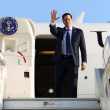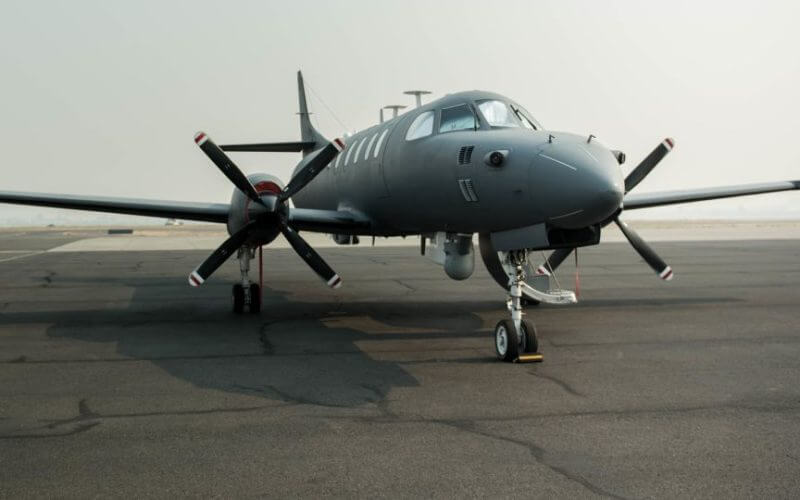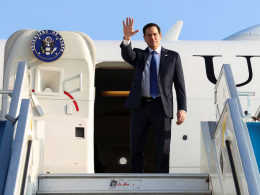The United States Air Force is moving up its timeline for scrapping a small fleet of surveillance planes used to help take fentanyl pills off the streets, according to a recent report by CNN. According to the report, National Guard pilots must fly their aircraft to the boneyard by the end of the month where they will be stripped down for parts.
The latest plan to eliminate the twin-engine RC-26 aircraft months earlier than anticipated comes as the service continues to phase out the small yet heavily used fleet of planes despite its contributions to counter drug and border missions. It also comes as the White House is facing increasing criticism from border patrol officials and members of Congress over its border policies and the dramatic rise in fentanyl deaths around the country.
After Congress was unlikely to adopt a provision in March that would have extended funding for the aircraft, the Air Force told pilots who operate the RC-26 that they could continue to fly missions until April 2023, according to internal memos. In November, they were given new orders to take their planes to the boneyard before the end of the year so they could be scrapped for parts rather than sold to another non-Defense Department entity as planned originally.
According to reports, the "drastic change" by the Air Force came without warning, resulting in the loss of roughly 80 pilots while already facing a service-wide shortage.
"The impact this plane and these operators have had in reducing, disrupting, and damaging operations of illegal narcotics has been amazing, and I am proud to have served alongside you," one RC-26 pilot wrote to several others.
Some government officials believe that the Air Force has little interest in flying counter-drug missions despite the RC-26’s outsize role in helping law enforcement combat the flow of fentanyl into the U.S.
Law enforcement officials and National Guard pilots who fly the RC-26 have appealed directly to Air Force leaders in Washington to keep the plane or provide a capable replacement. National Guard pilots and Air Force leaders have now decided they no longer want to fund piloted reconnaissance assets for border and counter-drug missions, stating that unmanned drones can be offered up to fill that need.
"Given there is no Air Force specific RC-26B validated requirements nor dedicated funding to support sustainment of the weapons system," Air Force spokesperson Ann Stefanek.
Supporters of the aircraft say that the Air Force does not currently have a plan to replace the capabilities provided by the RC-26 when the program is shuttered.
In December, the Washington Examiner reported that the Border Patrol relied heavily on unmanned drones to arrest more than 50,000 immigrants who illegally crossed the border in the government's most recent fiscal year. While Border Patrol agents have apprehended illegal migrants and drug shipments, many drug cartels have successfully managed to transport fentanyl and other illicit drugs into the hands of young Americans.
Related Story: Drones Caught 50,000 Illegal Migrants Crossing Border in Fiscal 2022










